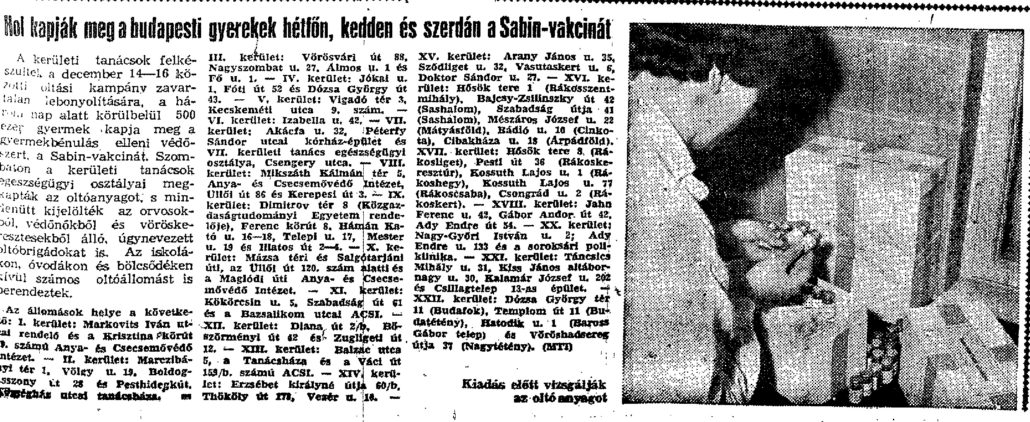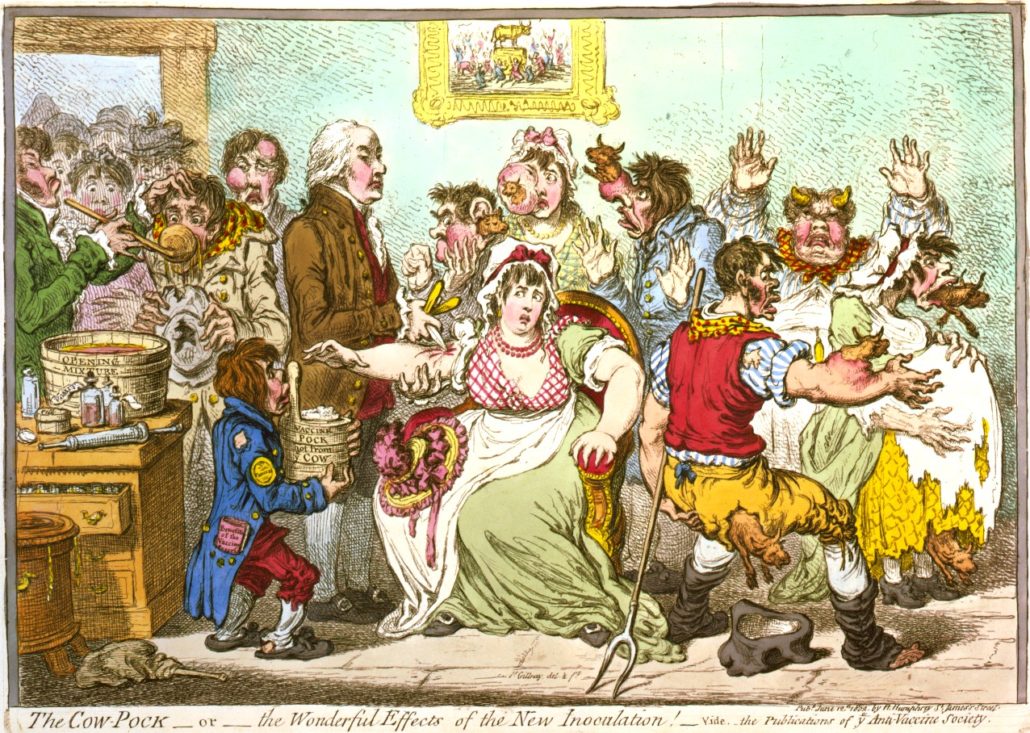Academic life, as I have learned, makes you painfully aware of the many different regimes of immunization across the globe. Moving between fellowships and jobs, our first son got his vaccines in four different countries – that means four distinct healthcare systems, vaccination schedules, payment structures and vaccination records in three different languages. I think it is safe to say that he has become a reluctant internationalist in his own way. As for us, parents, we pretty much did what we usually do in our working life. We spent hours after each vaccination appointment to analyze the microcosm of public health systems: the doctor-patient encounter. We have been fascinated by the carefully crafted pro-vaccination speech prepared by our American paediatrician, the kind, but firm approach of the German doctors, the inescapable abundance of posters and leaflets on vaccination in the British surgery, and the lack of any kind of publicity and a matter-of-fact discourse in the district paediatrician office in Hungary.
This personal experience has also made me particularly interested in the way childhood immunisation is conceptualised and the points when it is contested or even seems to break down, such as the current ‘anti-vaxx’ controversy prompted by the Disneyland measles outbreak. As I am currently finishing a chapter on debates surrounding the Salk vaccine in Eastern Europe in the 1950s, I started thinking about how communist public health officials would have made sense of debates like this.
An excellent analysis by Jennifer Reich, published in Gender& Society has brought up an important point that would surely have sparked the interest of the communist vaccinators. In this study Reich is speaking to a debate that, in broad brushstrokes, posits crazy and irresponsible people (mainly women) against rational and responsible parents, physicians and public health experts. Reich is arguing that the ‘anti-vaxxers’ are far from being ‘crazy’: in fact, they base their decision on time-consuming research and their choice reflects their social and economic privilege. Not only is this analysis important in understanding current American anti-vaccination movements and their consequences, it also makes clear that behind this potential public health crisis is the primary role of the patient-consumer and an interpretation of personalised medicine. According to Reich’s study, mothers who decided not to vaccinate their children were unconvinced by arguments that they should be participating in public health and expressed that their responsibility was to their own children, not others’. This is along the lines of what popular satirical outlets, such as The Onion have picked up on.
Responsibility for health was exactly the thing in the crux of Cold War attitudes towards public health. Eastern European party dignitaries and public health officials were always happy to boast that countries like Czechoslovakia and Hungary triumphed over polio years before the West and about a decade before the United States did. Their Western colleagues acknowledged the feat, and explained this with totalitarian state organisation – effective epidemic management tends to be authoritarian. The Eastern Europeans had a different explanation, however: the socialist model of organising public health, where prevention is seen as key to the health of the population, healthcare is available to all, vaccines are free, and the paternal state takes responsibility over children’s health. They pointed to the ‘backwardness’ of America for sacrificing the health of children to selfish and market-driven agendas.

With the end of the Cold War, we could dismiss this as a moderately interesting episode in history, but, as most things in the Cold War, such sentiments, experiences and ideologies have long-term effects. Traces of the Iron Curtain linger in vaccination coverage: measles, for instance, tends to appear in Western Europe much more than in the East. In 2011 of all measles cases in Europe, over 83% was reported from Western Europe, while Central and Eastern Europe accounted for less than 14% of them. According to data from 2013 by the WHO, in Poland, Slovakia, the Czech Republic, and Hungary the vaccine coverage for measles has been 98-99%, while in the US it is 91%, UK (after a dip to 81% in 2004) rising to 95%, France 89%.
Vaccine coverage of course is a marker of superiority only in Cold War rhetoric. It does not reveal much about the quality of healthcare, access to it, or the overall health of a population. Coverage rates can also quickly change due to political unrest and/or economic problems, like in Ukraine, where vaccination has hit critically low rates in the past decade. However, when comparing politically and economically stable countries in the Global North, this difference between East and West does reveal Cold War legacies and attitudes towards the responsibilities of citizens. In much of Eastern Europe, the state expects physicians and parents to comply with vaccination policies without much debate or contestation, and parents expect the state to provide free vaccine and to guarantee its safety. The ‘social’ in medicine is very much still present and high vaccination rates are still a point of pride for Eastern European governments.
Vaccine resistance is also not a new phenomenon. Since there had been vaccines, there has been resistance to it – revealing a wide variety of reasons, usually connected with a much larger issues regarding power relations, distrust, religious integrity, etc. In some societies, like Britain, vaccine resistance has a long history, since the introduction of Jenner’s vaccine.But resistance to vaccines is not even something particularly Western, even if we limit our view to the Global North, although it is slightly more difficult to spot on the Eastern side of the Iron Curtain in the Cold War era. Archival sources give a glimpse of resistance to the Salk vaccine in Hungary, which had to do mostly with opinions that the state was not fulfilling its public health provider role adequately, either by following the ‘wrong’ method of injection, or supplying vaccine lacking in quality and quantity.
There are, of course, new aspects of today’s vaccine resistance in the Global North. Parents have easy access to information online and can establish ties with each other over social media. These ties and the flow of information does not stop at borders, making vaccine resisters at once national agents – in that they respond to a particularly local set of problems of state, public health and culture – and internationalists who participate in shared networks across the globe. Over 25 years after the fall of the Berlin wall, the wind of change might finally reach public health organisation and vaccination in Eastern Europe. In Hungary, where vaccination is compulsory and free, the voice of vaccine critics seems to be growing steadily, drawing mostly on social media, supported by arguments based on translations from English language materials. With a healthcare system that perpetually seems to be on the verge of breakdown – another Cold War legacy -, questions of responsibility for health keep bubbling up to the surface. But for now, the legacy of a previous century is imprinted on my child’s body, who has moved with ease back and forth between East and West, unknowingly becoming a vaccine cosmopolitan.

